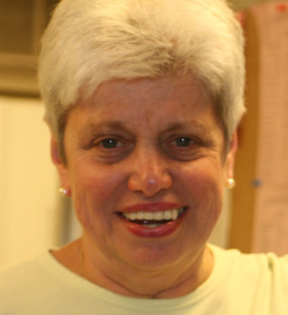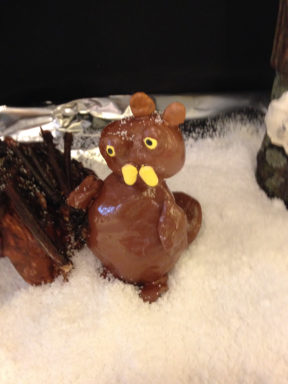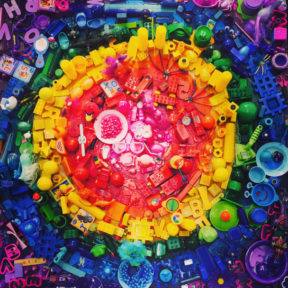
April 20, 2017 5:21 pm Teaching Young Children to Help Others
Having worked in a nursery school for 36 years, I was part of many attempts to encourage young children to be charitable. Whenever the efforts involved giving toys, they inevitably failed. Parents and staff would initiate a “Toys for Tots” kind of effort. After explaining that some families could not afford to buy toys, parents would take their child to a store and encourage him or her to pick out a toy for an underprivileged child. All went well until it was time for the child to relinquish that toy – to place it under the Giving Tree or in the designated toy box. Then would come the inevitable tug of war. Finally the mother either pried the toy from her child’s hand, with ensuing tantrum, or had to promise to buy him another one just like it that very day.
Why? Young children are egocentric, meaning their needs and desires come first. We see that every day in nursery school. Making them donate a toy doesn’t work because they want the toy for themselves. And they have a hard time identifying with that anonymous, toyless child.
Eventually we stumbled on an approach that actually worked. It involved an organization called Heifer International, which donates pregnant animals to poor villagers in the underdeveloped world. Heifer produced a book called Beatrice’s Goat, a story about a family in Africa, too poor to send their children to school, living in a dilapidated shack, often short of food. The gift of a pregnant goat improved their daily nutrition, and even provided them with extra milk and cheese to sell. When the goat gave birth to twins, they were able to give one of the kids to another family, thus passing the gift along. They were also able to repair their house and send their daughter Beatrice to school, since they had money now for a uniform, books and supplies. To make a long story short, Beatrice did well in school, and eventually received a scholarship to attend college in the U.S. This is a true story. What a difference that goat made!
This story resonated with the children, who had taken good food, a nice house, and school experiences for granted. They were astonished to realize that people elsewhere in the world could be that poor. With the help of Heifer International pamphlets, they learned the ways a gift of a water buffalo, cow, goat, pig, chickens, or even a beehive could improve the lives of an impoverished family. And they also learned how much money it took to donate one of these gifts.
How to raise the money? We came up with the idea of a show of the children’s art that parents would come to see and then make a donation to Heifer International. The children were empowered. They truly wanted to help those poor people. Their natural interest in and love of animals sustained them. They worked hard to produce drawings and paintings their parents would admire, and then did more of them. They talked daily about how much they wanted to help, and genuinely hoped their parents would bring “lots of money.”
Somehow, a connection was made that let the children overcome their egocentricity and develop a strong desire to help others. That they could do so through their art, an activity they enjoyed, was very encouraging. Rather than just dash off a quick effort, they worked to perfect their projects and added stories to them. The children felt important and powerful in this work: they could influence their parents to donate, and they could help children across the world. After the show, they were consumed with how the money raised could be apportioned to choose the maximum number of animals. They debated the value of their choices. The Art show became a lesson in empathy, but also featured creativity, problem solving and lots of math and language. We loved watching the children become truly compassionate little philanthropists.
Marianne Riess is the former head of the Putnam Indian Field School in Greenwich, CT. She has 40 years of experience in working with young children.
Marianne’s other columns here…





